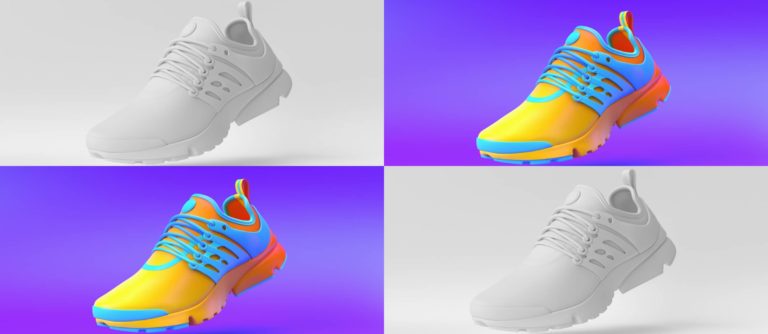
In the ongoing convergence of AR and AI, the latest player has joined the mix: Walmart. It has begun to integrate both technologies to guide customers throughout the shopping funnel – from searching to transacting. The endgame is to boost basket sizes and customer loyalty.
The retail giant’s latest moves include an AI shopping assistant, generative AI-powered search, and an interior design feature that leans heavily on AR. The latter taps into several moves that Walmart has already made around AR try-ons. In fact, AR & AI are on a collision course.
Taking these updates one at a time, the AI-powered assistant offers a conversational interface for product-curious shoppers. Applying modern standards for Chat-GPT-like experiences, it lets users ask questions about products – everything from energy ratings to recommended ages.
Beyond product-specific questions, the AI assistant engenders discovery. For example, it could offer Halloween costume ideas, given users’ text prompts for genres, themes, or context (think: horror-themed). Several other use cases will flow from this broadly-applicable framework.
Holistic Level
Moving on to the AI-powered search function, it helps shoppers find the right products but in a different way. Rather than a conversational interface, this operates more like a search engine – for shoppers comfortable with that common format – to generate lists of products.
What separates this from traditional search is the ability to go beyond individual queries and instead work on a holistic level. For example, if a shopper indicates that she’s planning a pool party, search results will include everything from water wings to sunscreen to grilling gear.
As for the interior design assistant, it will combine AI and AR to let shoppers virtually design for home spaces. It lets them upload photos of furnished rooms, which the AI agent analyzes as a basis for design recommendations. Results are then presented as digital room mockups.
These are manufactured still images, rather than a live camera view with dimensional overlays. But the visualization effect is still valuable in achieving the desired purpose of visualizing products. The AI-powered agent will also match styles and stay within stated budget ranges.
Hits and Misses
Of all the above updates, that last one is potentially the most opportune. As noted, AR and AI continue to converge. They go together as AR’s ultimate promise is to intelligently and dimensionally overlay user-empowering graphics and information in the spaces around them.
One question is what AI models and platforms Walmart is tapping. The answer to that question usually involves large language models from the likes of OpenAI and Anthropic. But Walmart says that it’s using a variety of models so that it can experiment and keep its options open.
Lastly, all the above falls under the category of AI and AR’s continued adoption across the Fortune 500. The relatively early stages of each technology – and the ways they continue to come together and synergize – drives companies to experiment and see what works.
And that’s where we are now. Naturally, this process will produce hits and misses. Either way, the learning curve is necessary for companies to get acclimated. And through that process, killer apps will emerge. This will take a while and we’re still very much in early stages.

